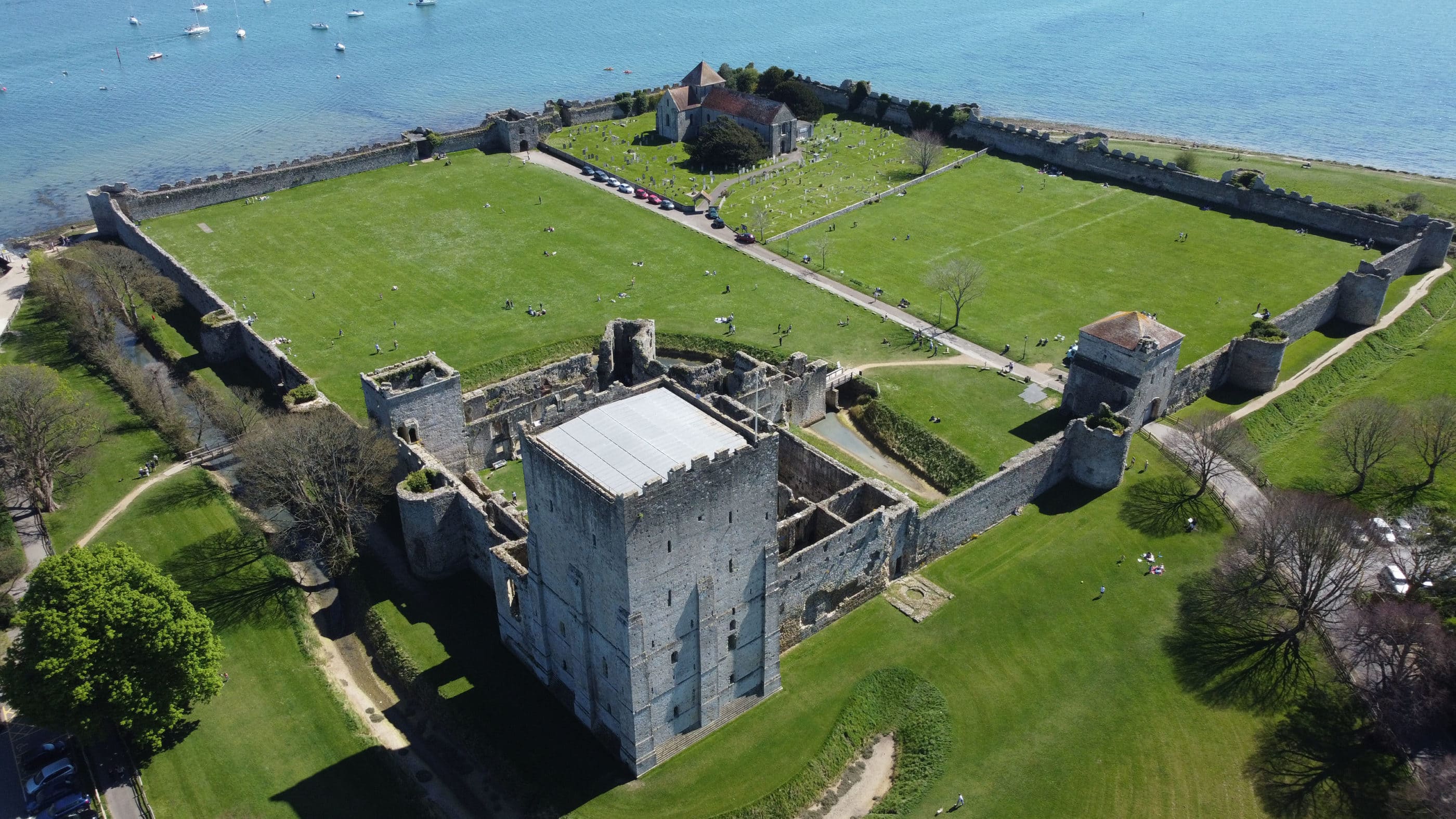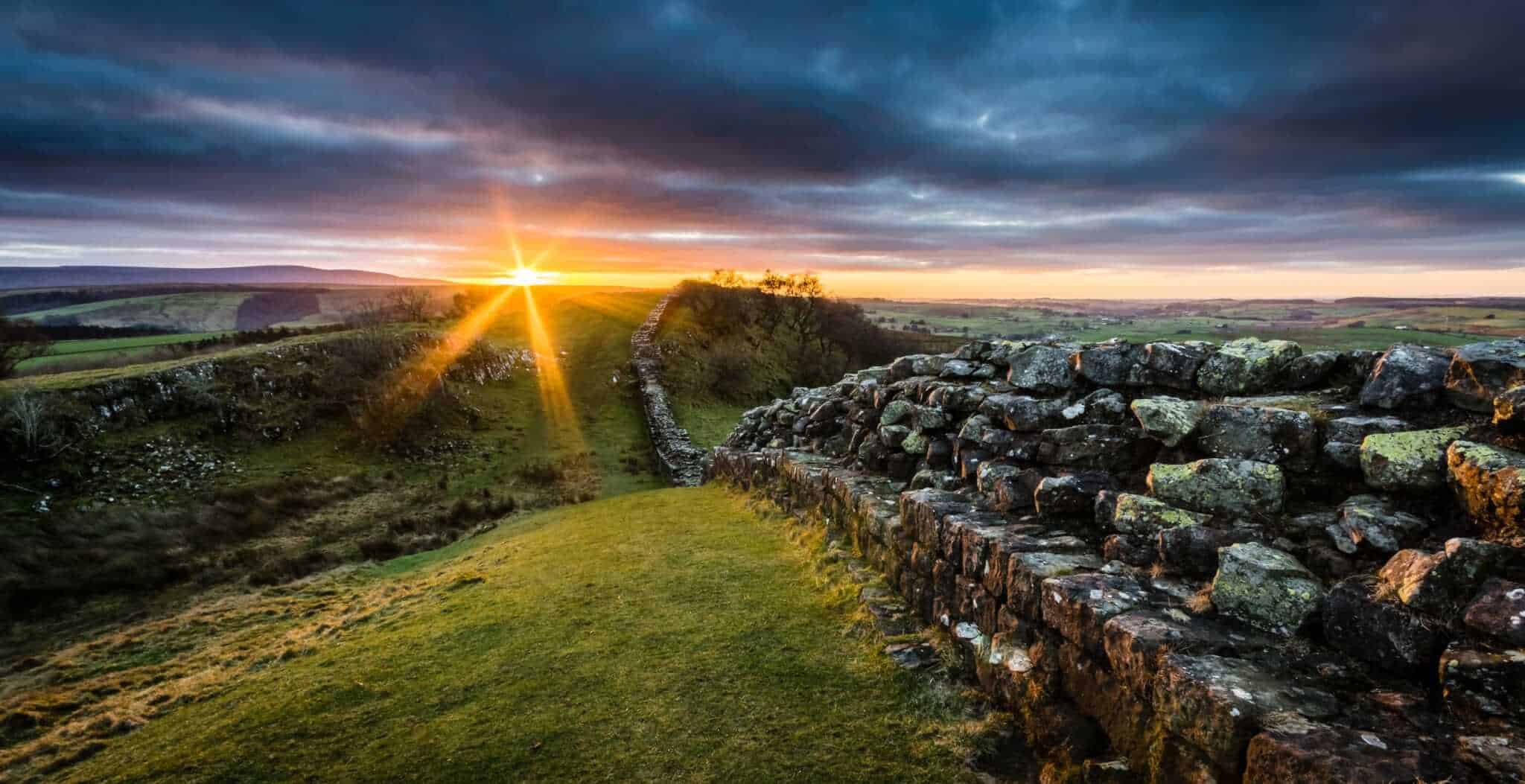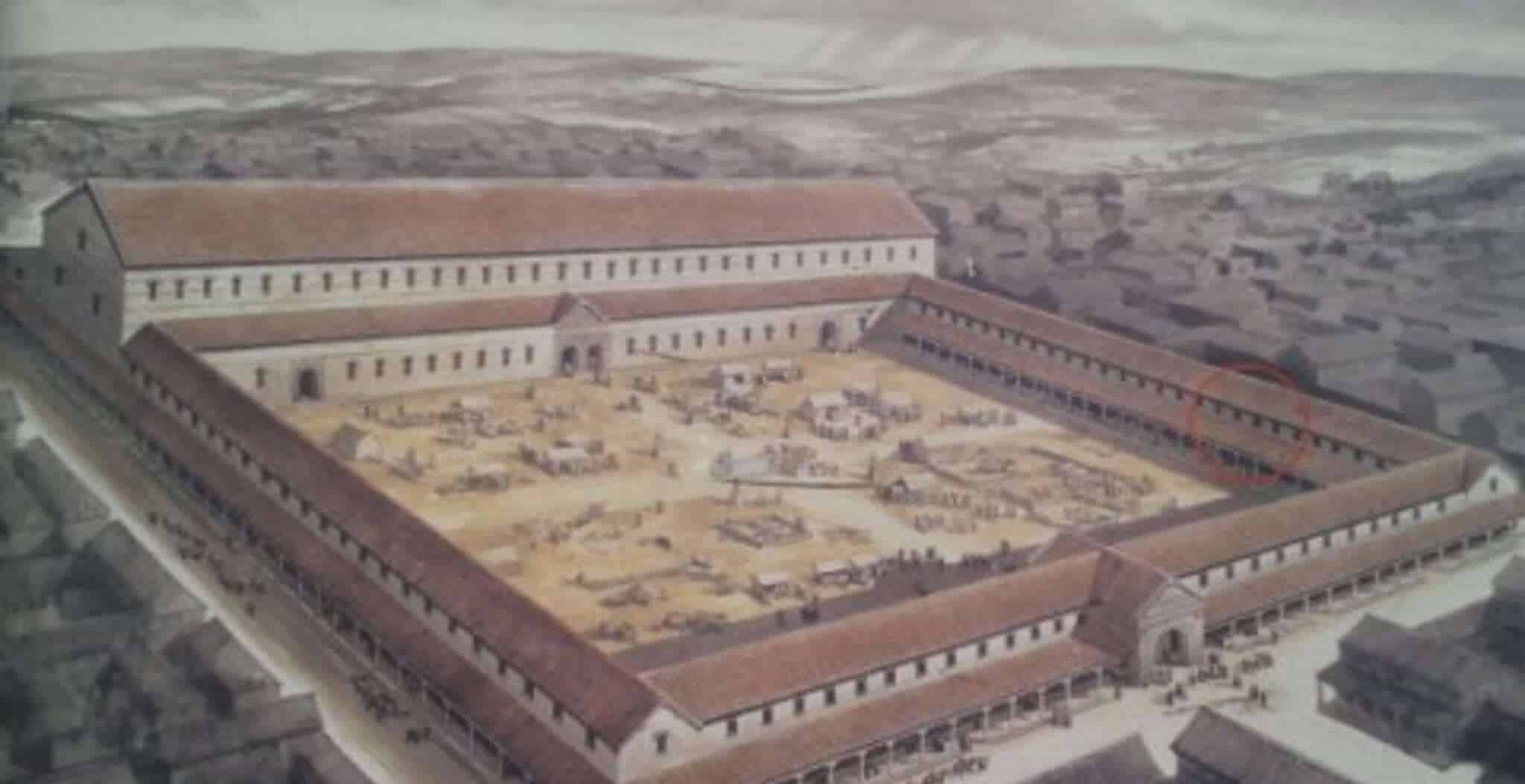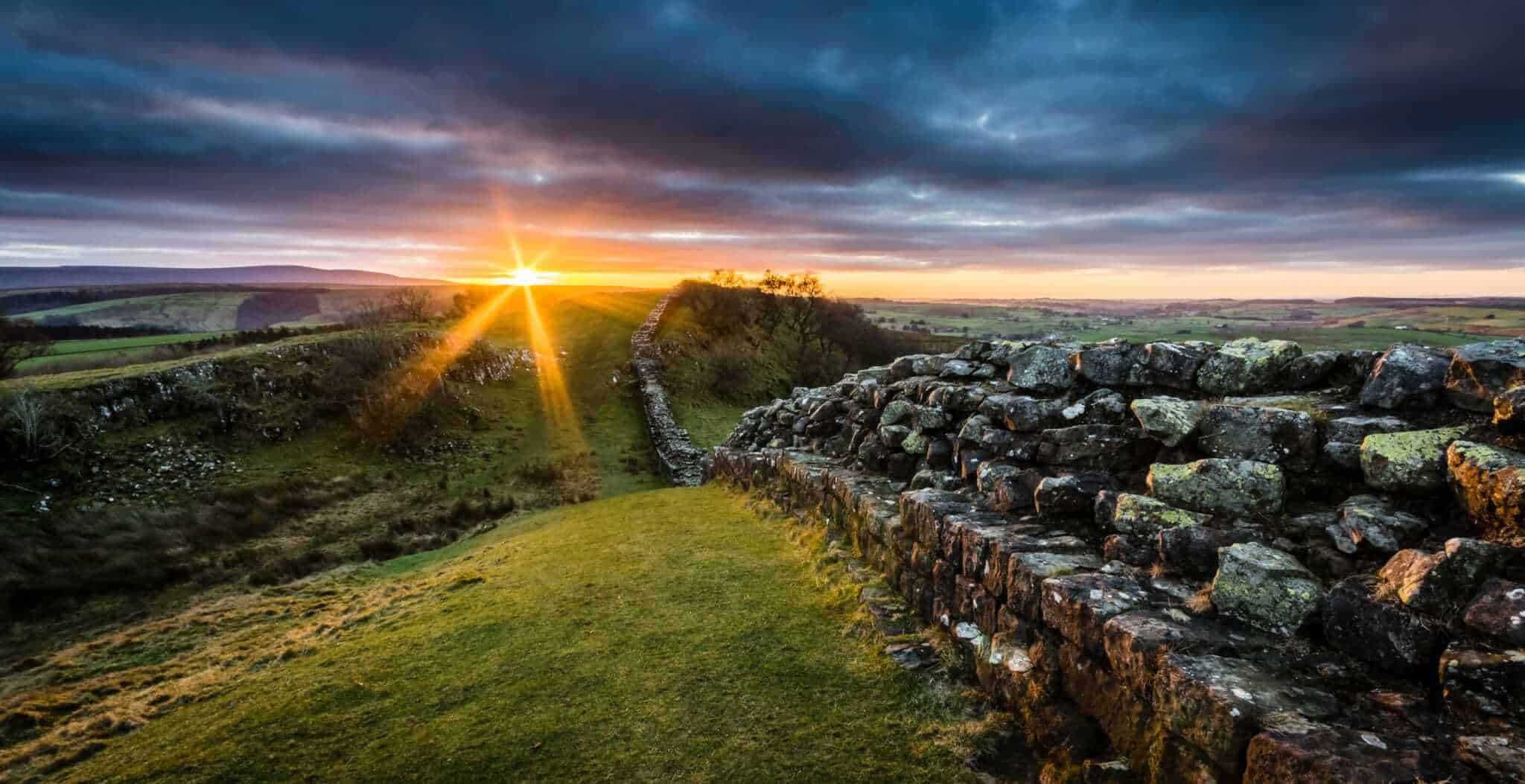Originally built to control shipping and trade, and later to protect Roman Britain from seaborne invasion by marauding Saxon raiders from across the North Sea, the so-called Saxon Shore Forts were constructed during the 3rd century AD. Built at strategically important coastal inlets and estuaries, the eleven forts protected key Roman settlements, from the Wash in northern Norfolk, round the east and south coast of England down to Portchester Castle in Hampshire. They remained military garrisons for more than 150 years before being abandoned when the Roman army withdrew from Britain in the early 5th century. After the mighty Hadrian’s Wall, they represent the most significant of all the surviving Roman monuments in Britain.
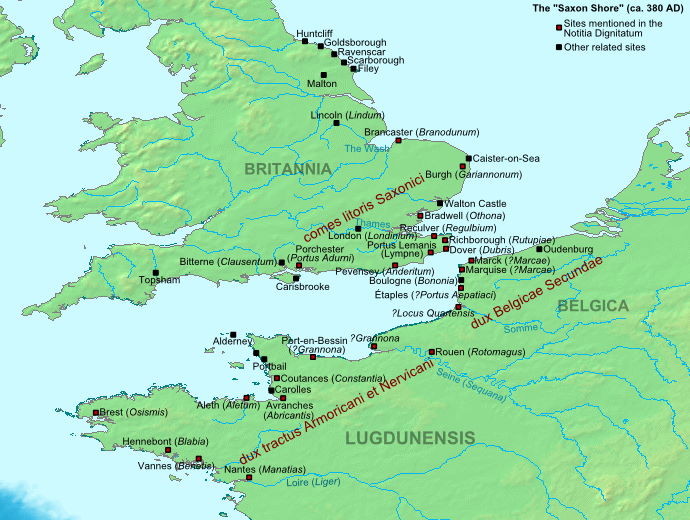
Once under the command of the Count of the Saxon Shore Forts (comes litoris Saxonici), original documents from the late 4th century AD clearly record nine of these Roman forts, listed below from north to south;
Branodunum (Brancaster, Norfolk)
Built around 230 in order to guard the approaches to the Metaris Aestuarium (The Wash). On the southern bank of the Wash, the nearby Roman road known as Peddars Way would provide a gateway to Chelmsford, Colchester and ultimately London. On the northern bank, a now lost Roman settlement and suspected port just south of the seaside town of Skegness was serviced by a 36 mile stretch of road that led to Lincoln.
Gariannonum (Burgh Castle, Norfolk)
Built around 265 to guard the entrance to the Waveney estuary and the River Yare. The River Yare flows through the modern day city of Norwich and just a few miles south of this is the little village of Caister St Edmund, also known as the location of Venta Iscenorum, the capital of the Iceni tribe. Founded after the Boudicca revolt around 70AD, Venta Iscenorum was an important administrative centre for the Romans, complete with a forum, public baths and basilica, all surrounded by stone walls.
Othona (Bradwell-on-Sea, Essex)
Built in a typical late 3rd century style to control the estuaries of the rivers Blackwater and Colne. The River Colne is a small river that leads to the once important Roman city of Camulodunum (modern day Colchester).
Regulbium (Reculver, Kent)
One of the earliest forts, it was built around 210 to guard the Thames estuary and hence Roman London.
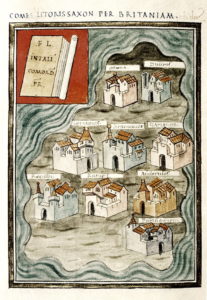 Rutupiae (Richborough, Kent)
Rutupiae (Richborough, Kent)
Part of a larger town and port called Rutupiae which included a large natural harbour at the mouth of the River Stour, a gateway to inland Britain via the great Roman road know as Watling Street.
Dubris (Dover Castle, Kent)
As the closest point to continental Europe, the site of Dover has always been an ideal cross-channel port and hence of strategic importance. As one of the two starting points of Watling Street it also required significant fortification.
Portus Lemanis (Lympne, Kent)
Just 68 Roman miles (68,000 paces) from Londinium (London) and 16,000 paces from Durovernum Cantiacorum (Canterbury), this Saxon Shore Fort can be dated to the late 270s. An important Roman naval base since much earlier times, the fort secured an important defensive position overlooking the sea.
Anderitum (Pevensey Castle, East Sussex)
Originally built on a peninsula set above coastal marshes on three sides, the fort offered a safe and sheltered landing point at high tides. The fort’s construction has been dated to around 290, which could mean that it was also built to defend Roman Britain from Rome itself. The Roman general Marcus Carausius, who commanded the Roman fleet based in the English Channel, Classis Britannica, revolted against Rome in 286, declaring himself emperor of Britain and northern Gaul. Needless to say, Rome was not very happy about this!
Portus Adurni (Portchester Castle, Hampshire)
The best-preserved Roman fort in northern Europe dates from the mid- to late 3rd century. Built to protect the southern coastline of Britain, it occupies a commanding position at the head of strategically important Portsmouth Harbour. It is thought that Porchester was the base from which the Classis Britanicca, the Roman fleet defending Britain, operated. When the Roman army retreated from Britain in the early 5th century, it appears that the Saxons used the fort as a burgh to defend the country against the Vikings. Still later after the Norman Conquest of 1066, the fort was added to and continuously remodelled in the centuries that followed. In June 1346 Edward III assembled his 15,000 strong army at Porchester before leaving for France on a campaign that would end with victory at the Battle of Crecy. The castle was last used as a gaol (prison) for around 7,000 French prisoners of the Napoleonic Wars (1803 – 1815). Watch the video below to take a flight with Historic UK and explore how the castle looks today.
Published: 31st August 2022
